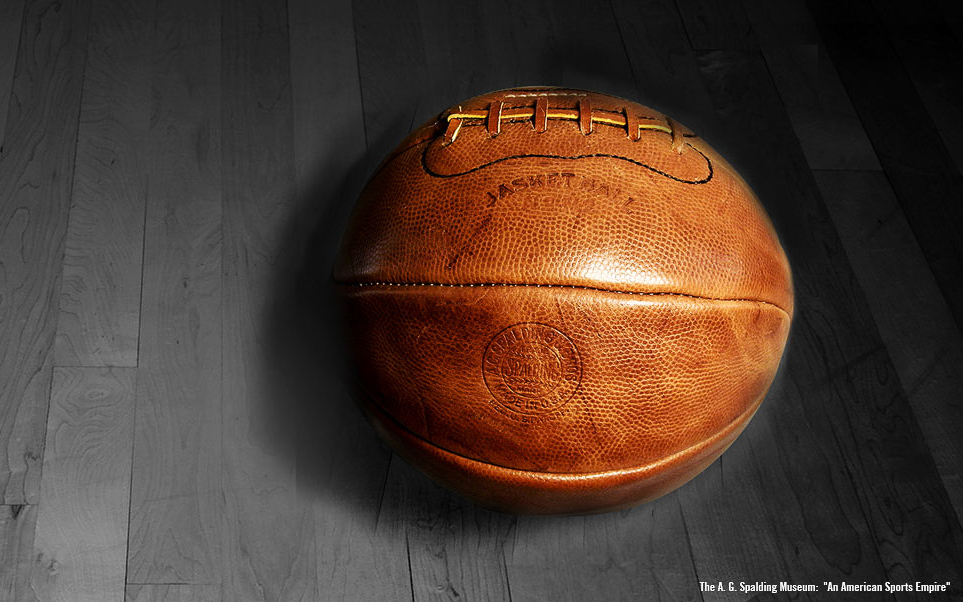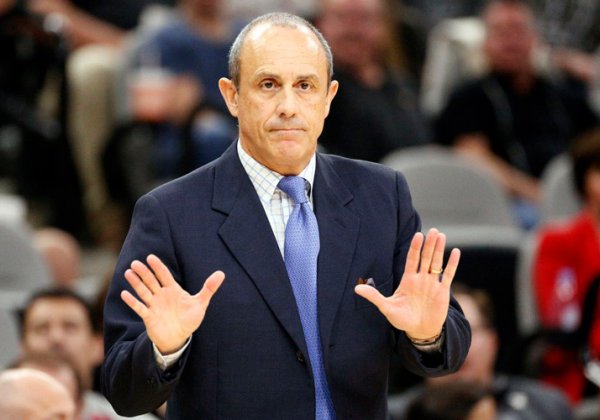
The 13 original rules of basketball
13-05-2020
The original rules of basketball were written by Dr. James Naismith in December 1891, in Springfield, Massachusetts and published in January of the following year in The Triangle, the school newspaper of Springfield College.
The ball used in the first games was the same one used in the football association.
 First ball of basketball
First ball of basketball
As a curious fact, in 2016, at halftime of the game between the University of Kansas and the University of Kentucky, the manuscript where the first rules of basketball were written was auctioned for a total of $4,338,500. It is the second most valuable object in the history of sport.

Did you know these rules? Would you like to play a game with these rules? Ask your coach to do a different activity to experience how the first basketball players played.
The ball used in the first games was the same one used in the football association.
 First ball of basketball
First ball of basketballThese were the original 13 rules and most of them have been modified to make the game more dynamic.
- The ball can be thrown in any direction, with one or both hands.
- The ball can be hit in any direction, with one or both hands, but never with a closed fist.
- Players may not run with the ball in their hands. They must throw it from the same place where they have caught it. A certain tolerance may be granted to a player if he takes the ball in the middle of a run.
- The ball must be held by one or both hands, but neither the arms nor the body can be used to hold it.
- It is forbidden to hit the opponent with the shoulders, to hold him, to push him, or to trip him; any infringement of this rule is a foul. In case of repetition, the recidivist player will be eliminated until a new basket is marked. If the intention to injure the opponent exists, the elimination will be for the entire match, without the opponent being able to return to the court.
- Hitting the ball with the fists is a foul like the violations listed in Rules 3 and 4, and the penalty provided for in Rule 5 shall apply.
- If a team commits three faults consecutively (without the other team committing any in the same period of time), a goal will be scored in favour of the rival team.
- It is considered a basket when the ball has been thrown from the field into the basket and has entered, falling to the ground from the same basket, as long as the defenders do not touch or modify the position of the basket. If the ball is left on the rim and the opponents move the basket, a goal must be scored.
- When the ball leaves the field, it must be put into play in the middle of the field by the person who touched it. In case of protest or disagreement in this case, the referee shall throw it in the air, vertically, inside the field of play. The player has five seconds to make the throw and play is resumed. If he holds the ball longer, the ball shall be given to the opponent. If a team tries to delay the development of play, the referee shall punish the offender with a foul.
- The chief judge (referee) judges the actions of the players and points out the fouls. When a player commits the third foul, he may be disqualified according to Rule 5.
- The second referee (umpire) is the one who makes the decisions concerning the ball, and indicates when it is in play, when it has gone out and to whom it should be given. He is the one who keeps the timekeeper, decides if a goal has been scored and keeps track of the points. He will also carry out the tasks generally agreed upon with a referee.
- The match consists of two 15-minute halves, separated by a 5-minute break.
- The team that scores the most baskets is the winner. In case of a tie, the match, according to both captains, can be extended until a basket is scored.
As a curious fact, in 2016, at halftime of the game between the University of Kansas and the University of Kentucky, the manuscript where the first rules of basketball were written was auctioned for a total of $4,338,500. It is the second most valuable object in the history of sport.

Did you know these rules? Would you like to play a game with these rules? Ask your coach to do a different activity to experience how the first basketball players played.

